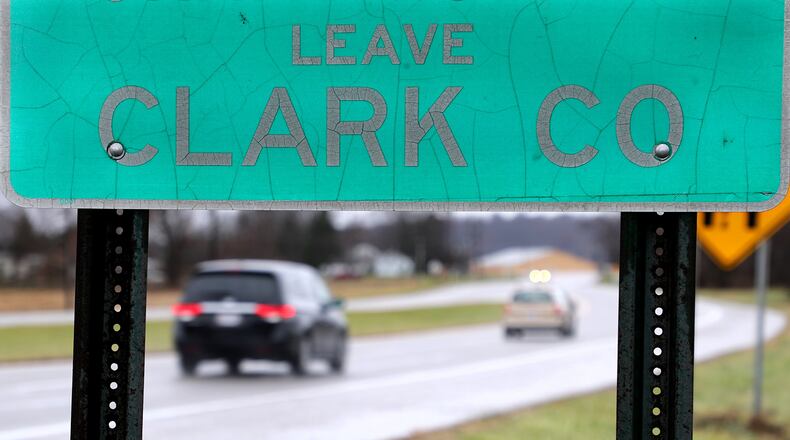MORE: U.S. News and World Report names Honda best brand for SUVs
A labor market analysis conducted by the University of Cincinnati Economics Center showed about 54 percent of residents in Clark County travel to neighboring counties for work. The analysis showed Clark County is losing the most workers to Montgomery and Franklin Counties with the biggest deficits in industries like manufacturing and retail.
DETAILS: Clark-Shawnee schools won't oppose new housing development
Hobbs said information in the labor analysis may be used to develop a task force to look for ways to encourage workers to take a closer look at companies in Clark County for employment.
“It’s a net loss,” Hobbs said. “We’re looking for a job readiness task force to retain a percentage of that. If you can retain 30 percent you’re going to retain 1,000 people in the community.
RELATED: Local nonprofits using Giving Tuesday to boost fundraising
About 20 percent of residents surveyed for the study told researchers they travel to other counties because they don’t believe jobs are available in Clark County in their industry. Hobbs said local officials and business owners need to convince workers that’s not the case. About 44 percent of those surveyed cited better wages in other counties.
MORE BUSINESS NEWS: Speedway to add 300 new jobs in Enon
The analysis showed about 2,200 manufacturing workers are leaving Clark County for neighboring counties compared to the number of workers who are commuting into Clark County, for example. More troubling, it showed the highest percentage of workers who travel elsewhere for work are high earners earning more than $3,333 per month.
READ MORE: Clark County jobless rate creeps up as more people look for work
County officials have been concerned about losing workers to other counties for years, but this is the first study to confirm those concerns and show where workers are going, Hobbs said.
“Now that we know the opportunity, that allows us to get more targeted in our conversations with employers and it allows us to think differently as we market our community for job opportunities,” Hobbs said.
A separate study focused on income cliffs and the challenge that for some low-income workers, gaining a higher wage sometimes means losing public benefits. The study said in some cases, the loss in public assistance outweighs the benefits of higher earnings.
The cliff effect might discourage some workers from gaining higher wages and therefore prevent them from escaping poverty, the study argued.
The study highlighted one scenario in which a single adult earner with one preschool and one school-aged child in the family could double hourly pay from $8.30 to $15 per hour.
But because the worker would no longer qualify for some benefits because of the higher wage, the total financial resources available to the family increased by just about $3,000 despite doubling income.
Improving income often also includes taking on debt to cover the cost of education.
“Workers may be reluctant to take out student loans when they are already struggling financially,” the report said.
About the Author
